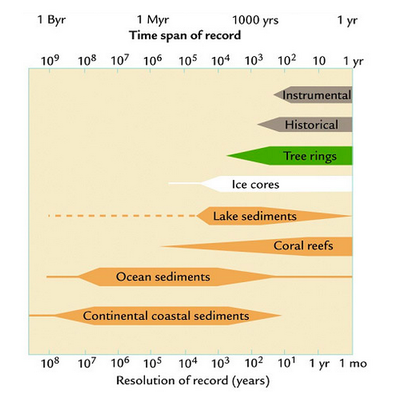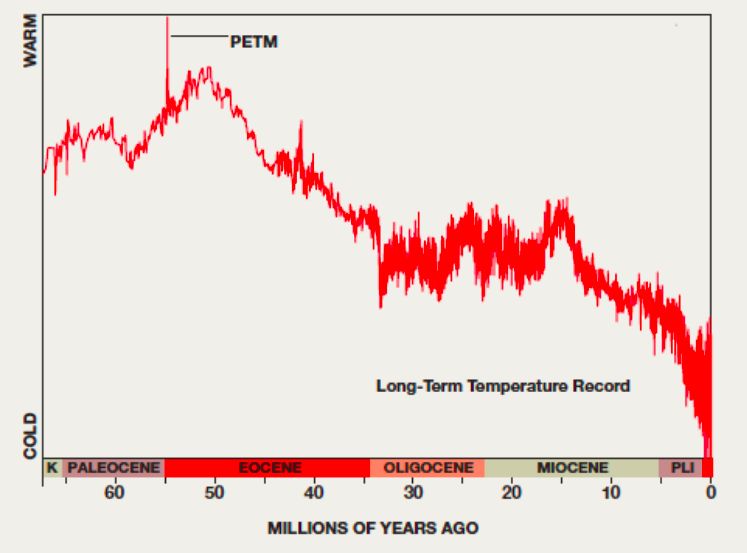Contextualizing CLIMATE CHANGE
The Earth is billions of years old. Over the long period of Earth's existence there have been many climatic shifts ranging from a constantly volcanic planet to numerous ice ages. Believe it or not the Earth has been through much worse than the current climate we have now. But why is it still a worry. How does human-influence change the grand scheme of things?

